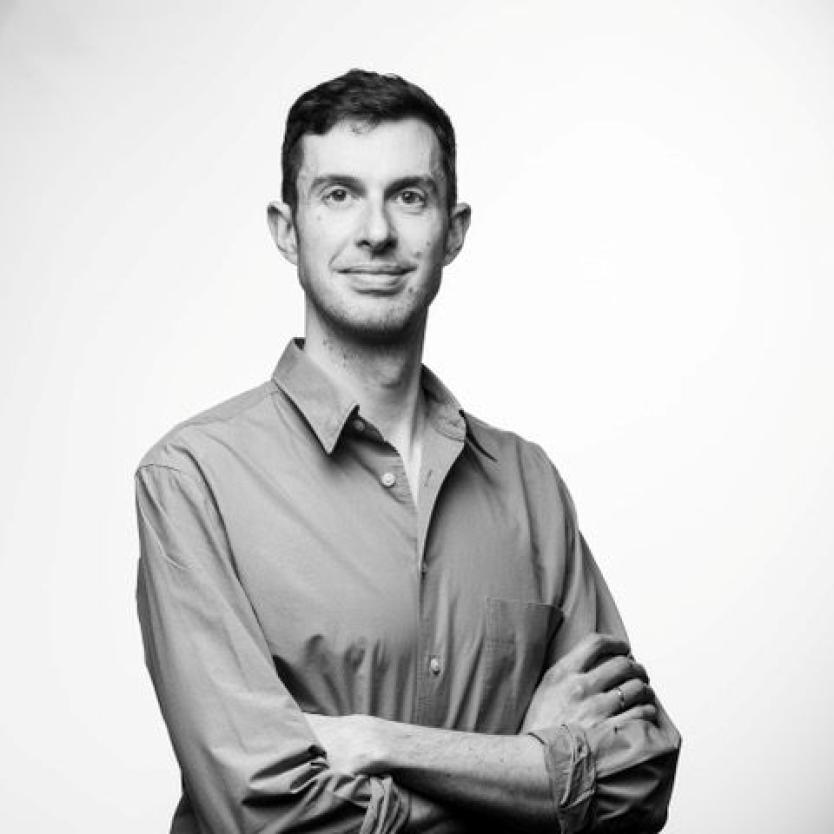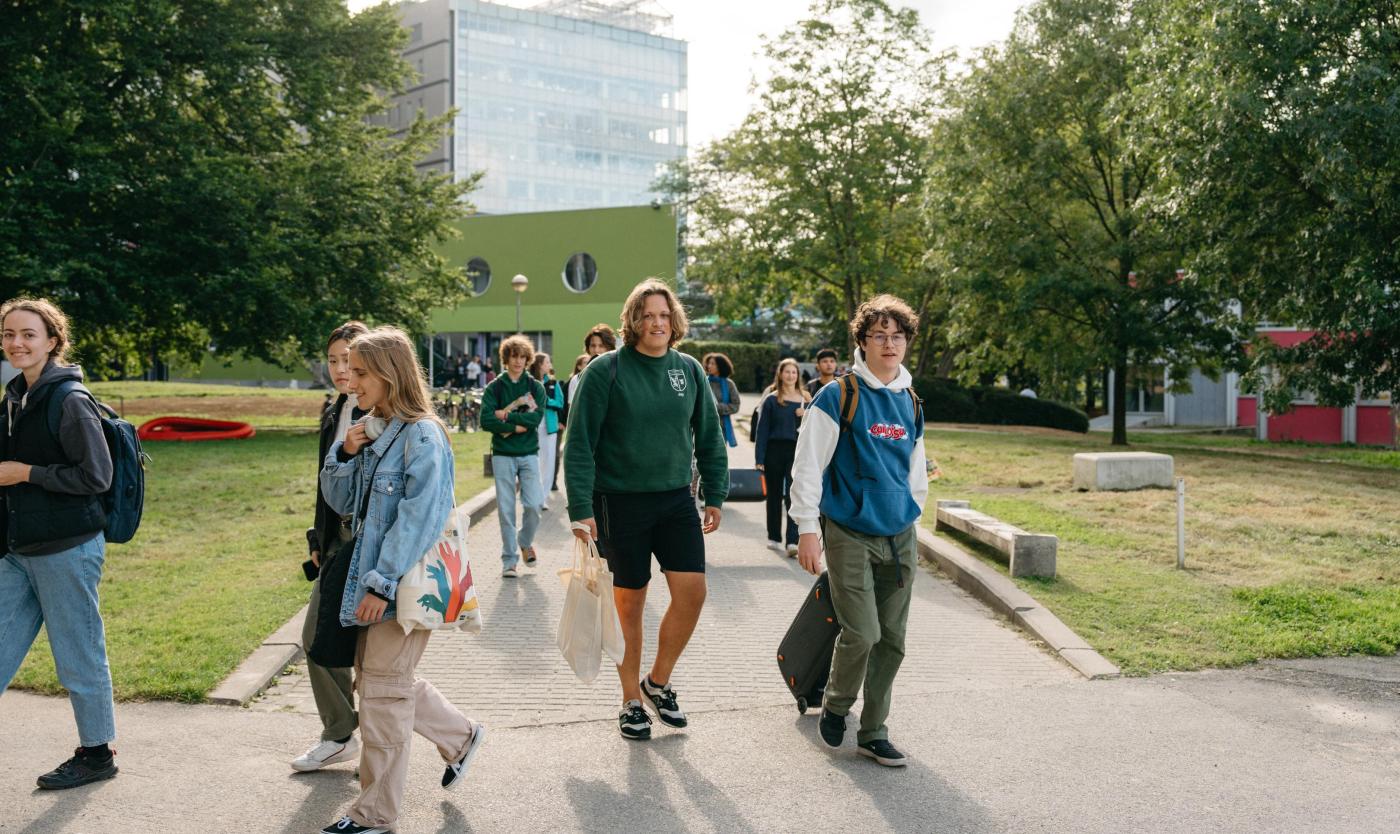
With the FORAGENCY project, VUB professor Benoît Henriet is studying the ecological history of colonial Central Africa. In 2022 he received an ERC Starting Grant of €1.5 million for this research, and he is now also the holder of the Casterman-Hamers chair.
How did you begin studying foraging, fishing and hunting in colonial Central Africa?
“As a historian, I focus on colonialism in Central Africa. In the past, I primarily studied cultural and socio-economic history, with a strong focus on human actors. However, historians have increasingly started to study how animals, landscapes and plants can play a crucial role in historical dynamics. These perspectives can be very enriching. I decided to adopt this approach to study the history of colonial Central Africa – a relatively new perspective in this field.”
“Being able to forage your own food made you less dependent on colonial wage labour for your livelihood”
Is that a popular approach in contemporary historical research?
“Looking ‘beyond the human’ is becoming increasingly important in the humanities and social sciences. Environmental history has been around for about 60 years, but it’s only in the last 10 to 15 years that we’ve routinely been looking at history in a less anthropocentric way. Anthropologists have taken the lead in this, and now more historians are starting to adopt this perspective.”
Part of your research looks at how foraging, fishing and hunting acted as a form of resistance against colonial structures for the indigenous population. Can you illustrate this?
“Resistance is perhaps too broad a term; it was also about easing or bypassing the grip of colonial powers. If someone could hunt or forage their own food, for example, it made them less dependent on colonial wage labor to sustain themselves. In other words, foraging, fishing or hunting could allow Central Africans to (partly) escape their forced involvement in colonial capitalism.
“Hunting or foraging also required them to master certain techniques and skills that were passed down from generation to generation – outside colonial control. Take the consumption of caterpillars as food, for example. It couldn’t be coopted by colonial actors, it provided a rich source of proteins for people living in forest areas, and it required specific ecological knowledge. By preserving and pursuing such foodways, Central Africans could retain elements of their own culture.”
“We ask about childhood memories, but also about what people learned from their parents and grandparents”

Benoît Henriet
You are studying these practices in four cities: Kisangani, Bujumbura, Brazzaville and Kinshasa. Why these places?
“These cities and their surrounding regions are part of various ecosystems and biotopes, partly representative of the ecological diversity of Central Africa. Having multiple anchor points allows us to study the impact of a particular environment on the form that colonisation took in the field. Furthermore, these cities belonged to different colonial structures and empires. Kinshasa and Brazzaville are geographically close, but the Congo River separating them also formed the boundary between Belgian and French colonial spheres of influence.
“Kisangani is located in the middle of the rainforest, Bujumbura was a former outpost of German East Africa and later the capital of the mandate territory of Rwanda and Burundi, which was then called Ruanda-Urundi. In these four regions, different ecosystems and different political constructions overlap. The choice of cities also has to do with the fact that urban areas are better archived and therefore more data is available for the research.”
Besides archival research, you also carry out field research. How do you go about that?
“The officials and missionaries who documented the colonial past often didn’t consider the subjects we are studying today to be important, such as multispecies encounters, or foraging practices. So we try to gather additional information through interviews in the field, mostly with elderly people and people with specific forms of ecological knowledge, such as fisherfolk or healers. We ask about childhood memories, but also about what people learned from their parents and grandparents. We have two anthropologists on our team, who spend extended periods in the field and have the opportunity to become more embedded in local communities.”
“Furthermore, cultural gaps can be challenging. We are cultural outsiders, and there are important socio-economic differences between us and our interlocutors. Fortunately, we have established excellent collaborations with universities in the region. Professors from the Université du Burundi played a crucial role as intercultural mediators and as research partners. Without these close collaborations, we wouldn’t have been able to do this research.”
“In the interwar period, locusts caused famines in Burundi and a lot of labour was needed to mitigate their impact”
At the moment, it’s unsafe to travel to the Democratic Republic of the Congo. Do you still have access to archives to continue your research?
“That’s right. It’s extremely unfortunate that we can no longer go there in person, but we particularly regret the situation for the people living there. For our project, archival research is not a problem. Most colonial archives were returned to Europe after the Central African colonies gained independence. We can therefore access the archives, but our African colleagues often cannot. It’s also becoming increasingly difficult for them to obtain visas, which often prevents them from conducting research on their own countries and cultures.”
You’ve been working on FORAGENCY for several years. Are there any findings you can share?
“There are a few. Right now, I’m writing an article about the locust plagues in Burundi during the interwar period. These were a huge problem for both the local population and the colonial administration. They caused famines and a lot of labour was needed to reduce their impact. For me, this illustrated the enormous influence that non-humans, in this case locusts, can have on the historical dynamics in a society. It reinforces the idea that non-humans, even those without consciousness, also have a form of historical agency.”
“By including non-humans in the historical narrative, I hope to enrich and add nuance, and contribute to greater environmental awareness”
Do you expect your research will impact existing narratives about colonialism or influence how we treat the environment today?
“I do hope to enrich and nuance historical narratives by including more actors in how we study the past, namely non-humans. Regarding the present day, we hope that a sharper focus on ecological history can in time contribute to greater social awareness of the importance of the environment.”
Finally, what does this research chair mean to you?
“For an ambitious research project like FORAGENCY, it’s very important. It means we can continue developing an exhibition and a series of lectures, workshops and film screenings in close collaboration with Crosstalks and the artist Gosie Vervloessem. It also allows us to appeal to artists and observers who, at first glance, have little interest in colonialism and Central Africa, but do have a stake in foraging in the broadest sense.”
Bio Benoît Henriet
Benoît Henriet has been a professor of history at the Vrije Universiteit Brussel since 2018. He studies history from the bottom-up, with a particular focus on the micro-histories of colonial and post-colonial Central Africa. He is the principal investigator of FORAGENCY, a research project studying foraging, colonialism and agency beyond the human in colonial Central Africa, for which he received an ERC Starting Grant of €1.5 million. As of 2025, he is the new holder of the Casterman-Hamers chair.

